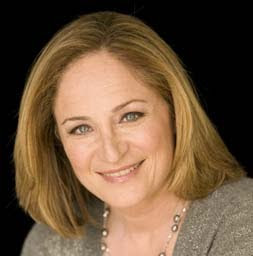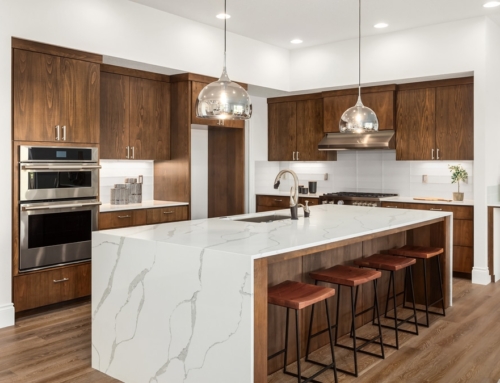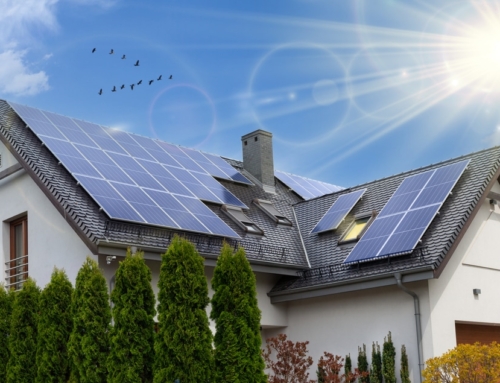 Imagine waking up one morning and finding your home is worth about half what you paid for it the previous month.
Imagine waking up one morning and finding your home is worth about half what you paid for it the previous month.
That’s exactly what happened to homeowners in Southern California in the late 1980s when two naval bases closed and thousands of workers were laid off. Everyone tried to sell at the same time, and home prices plummeted. It took six years for home prices to recover to the level they were at before the collapse.
It’s not too different from today, when massive unemployment has caused years of record-breaking (not to mention heartbreaking) foreclosures. It has been a long buyers’ market, and sellers who can’t afford to sit back and wait for home values to stabilize have had to let go of their single largest asset. Often, their entire net worth has evaporated as well.
For sure, the credit of those Americans who have gone through a short sale, a deed in lieu of foreclosure, a foreclosure, or even a temporary loan modification under Obama’s HAMP program has been decimated. It will be years before their credit history and score recover.
What I have learned in writing about real estate since the late 1980s is that it is a cyclical business. Home prices heat up and then decline, and then repeat.
I’ve also learned that even if it doesn’t seem like a particularly good investment on paper, owning a home is part of the American Dream—in fact, it revolves around owning your own piece of these streets paved with gold.
I’ve been a homeowner since 1989, when my fiancé (now my husband, Sam) and I bought a co-op on Lake Shore Drive in Chicago. We tore out the red and black shag carpet, tore off the green, moldy-looking wallpaper, stripped the plastic tile from the kitchen walls, and sanded floors that hadn’t been touched in an age.
As our home came to life, I realized I wanted to do another house, and live somewhere I could plant flowers and, well, corn. (My mother always said I was a farmer at heart.) We bought our current home in 1994 and did a gut renovation and addition in 1999. Eleven years later, appliances, carpet, and doors need replacing. It’s hard to imagine so much time has flown by. (And yes, I did plant corn one year, only to have the deer munch on it.)
But we’ve kept ourselves busy, buying the occasional rental property here and there, building our businesses, having kids. We’ve learned a lot about real estate and credit, and I’m pleased to be able to share some of these observations with you on this blog.
As managing editor of the Equifax Personal Finance Blog, my job is to make sure all of the bloggers work in concert to bring you an up-to-date picture of what’s happening in their areas of expertise, and show you how to navigate these waters safely.
As for my weekly contribution, I’ll be writing about the latest news and providing you with information on how to make smart choices in this new and wacky world of real estate.
I hope you’ll join the conversation and let us know what you want to hear about. The credit, insurance, tax, investing, and retirement experts who write the Equifax Personal Finance Blog are here to help. Feel free to ask them a question or two, and share your experiences.
Let’s get going.
Ilyce R. Glink is the author of several books, including 100 Questions Every First-Time Home Buyer Should Ask and Buy, Close, Move In!. She blogs about money and real estate at ThinkGlink.com and at the Home Equity blog for CBS MoneyWatch.
Read More.
Will the Real Estate Summer Slowdown Mean Lower Prices?
Spring Home Maintenance Headaches
The Best Way to Value Investment Property





